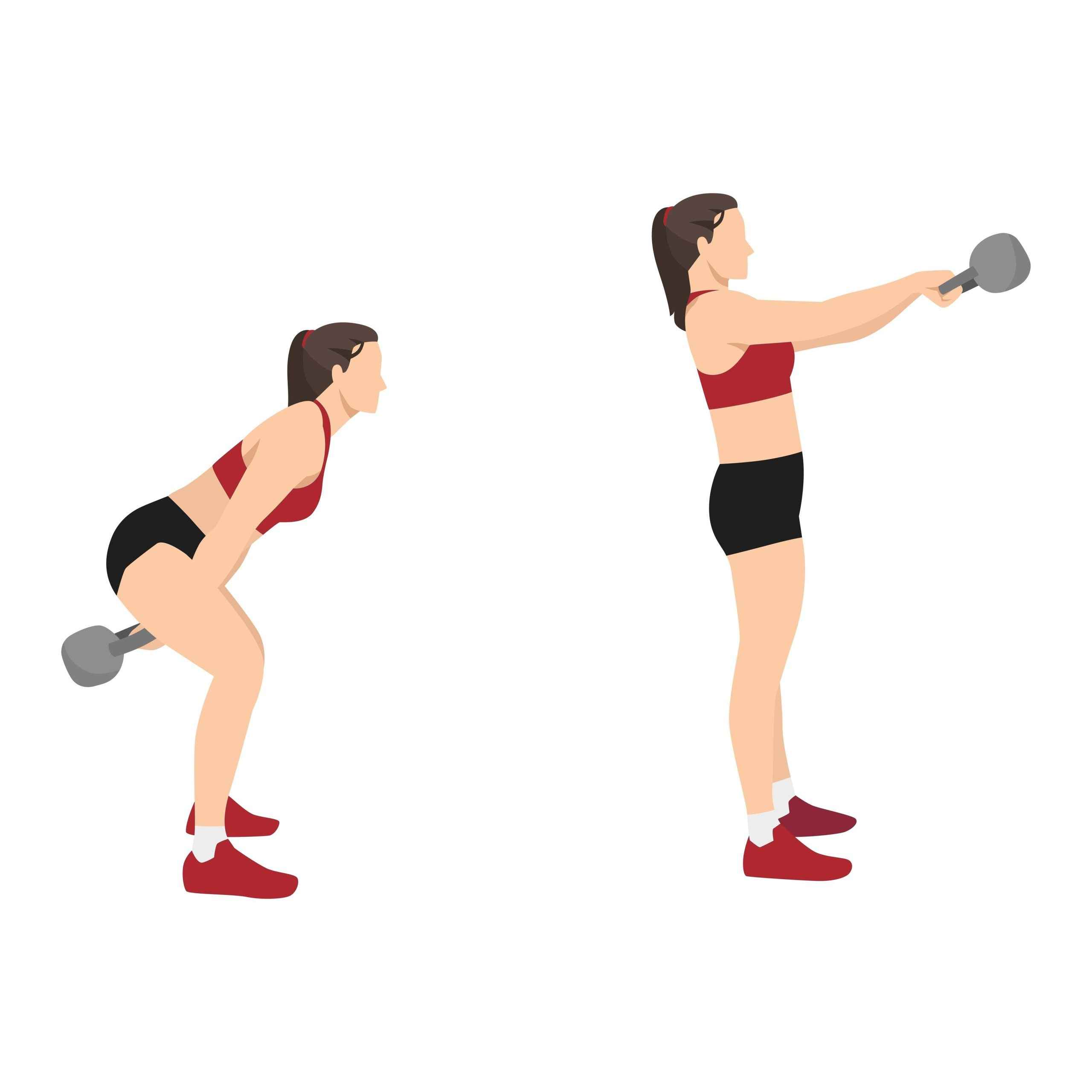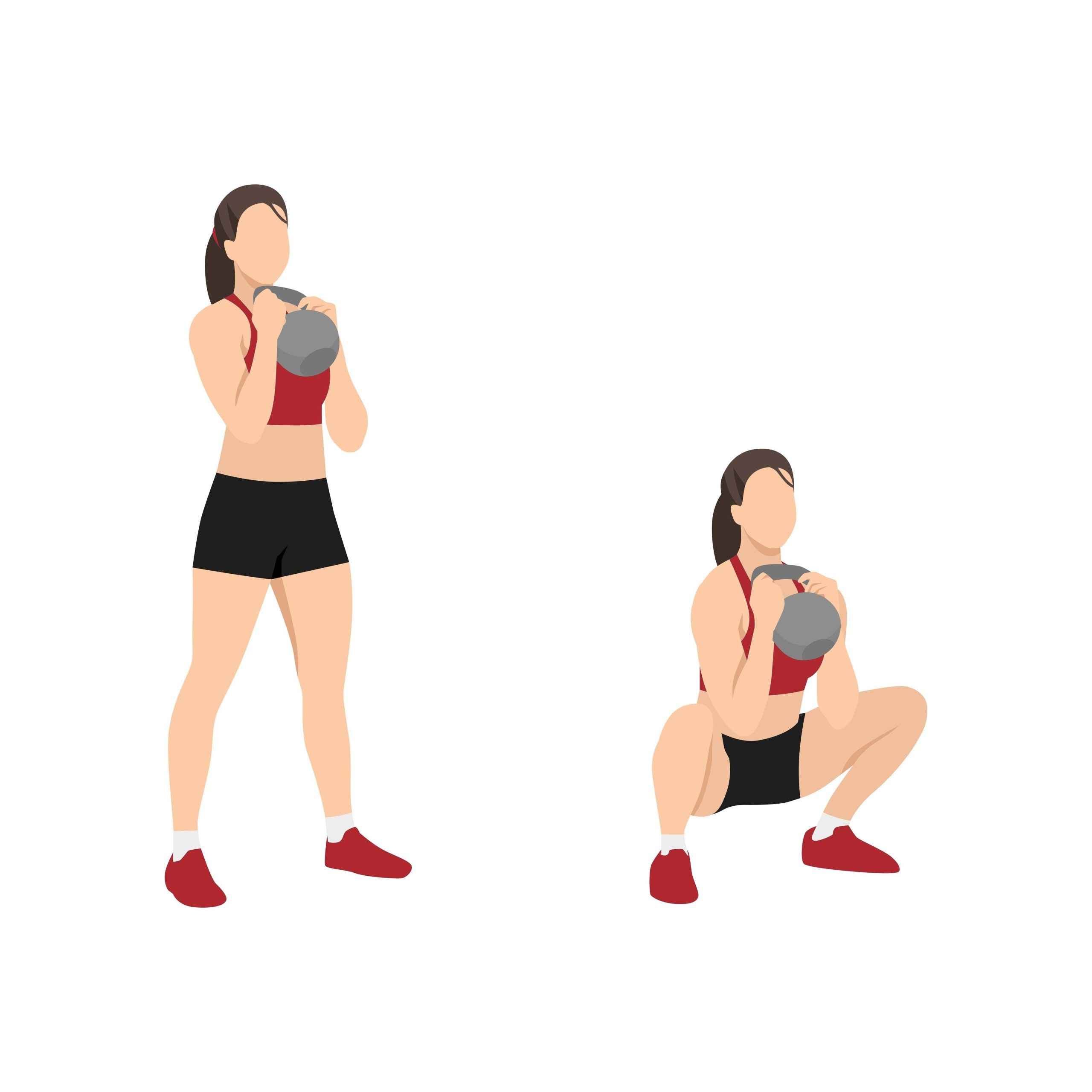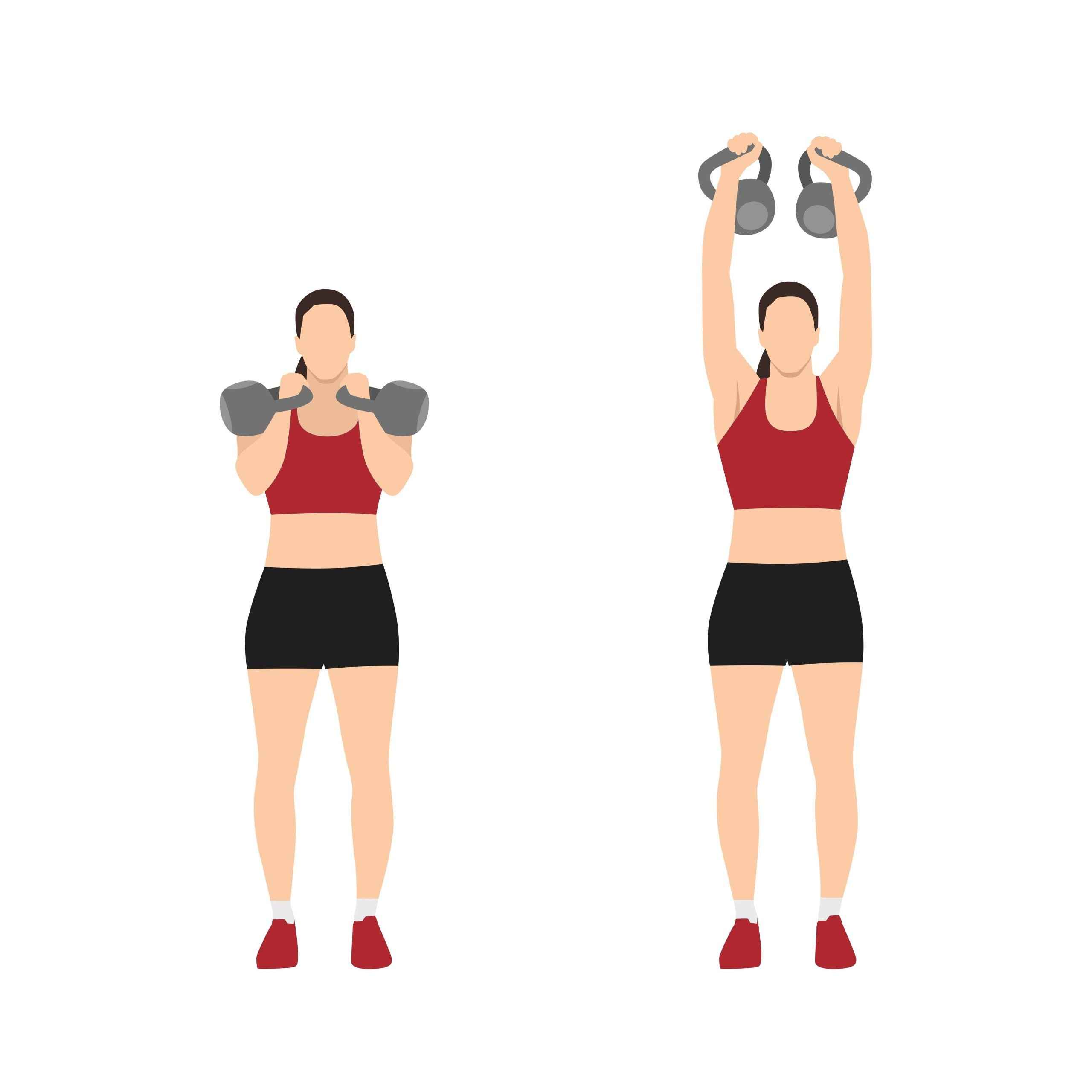
Kettlebells are a type of free weight that are used for strength and resistance training. They are distinct in their shape, resembling a cannonball with a handle attached to it. This unique design allows for a variety of exercises that can target different muscle groups and aspects of fitness.
Kettlebells can be used to perform many types of exercises including swings, squats, presses, rows, and others. The nature of these exercises often engages the whole body, making kettlebell workouts efficient for building functional strength, improving cardiovascular fitness, and burning calories.
The weight of a kettlebell is not distributed evenly like it is with dumbbells or barbells. This means the body needs to work harder to stabilize itself when doing exercises with kettlebells, which can lead to improved core strength and balance.
In addition to their use in fitness and athletic training, kettlebells have been used in physical rehabilitation programs to help individuals regain strength and functionality after injuries.
Using kettlebells effectively requires mastering the correct form. Begin by standing upright and holding the kettlebell by the handle with one or both hands, depending on the specific exercise. Your palms can face towards or away from your body. Whether you’re swinging, lifting, or pressing the kettlebell, keep your core engaged and your back straight. Remember, it’s your muscles, not momentum, that should be driving the movement.
Kettlebells are utilized in a broad range of exercises and fitness routines. They are exceptional tools for building muscle mass, improving muscle tone, enhancing cardiovascular fitness, boosting balance, and aiding in weight loss. The list of exercises you can do with kettlebells is extensive, including kettlebell swings, Turkish get-ups, goblet squats, and kettlebell clean and press.
Kettlebells come in various forms, but most common are those with a cannonball-like shape and a handle on top. You’ll also find competition kettlebells, which are uniform in size but vary in weight, and adjustable kettlebells, which allow you to change the weight.
Fixed kettlebells have a set weight that cannot be changed, while adjustable kettlebells let you alter the weight according to your needs. This versatility makes adjustable kettlebells a space-efficient choice.
The cost of kettlebells can fluctuate significantly based on their type, material, weight, and brand. Adjustable kettlebells might have a higher initial cost, but they provide a range of weights in one convenient set.
Kettlebells may seem pricey due to the materials used in their construction, the manufacturing process, and the shipping costs for such heavy items. However, they are built to last and can provide a lifetime of fitness benefits, which justifies the cost.
The appropriate kettlebell weight for you will depend on your fitness level and the specific workout you’re performing. Beginners should start with lighter weights and gradually increase as their strength improves. For strength training, select a weight that challenges you but still lets you complete your sets with proper form. Always remember, it’s not about lifting the heaviest weight possible, but about performing exercises in a safe and correct manner.
Clean Regularly: Wipe down your kettlebells after each use with a dry towel to remove sweat and oils that can cause the metal to rust. For a deeper clean, you can use a mild detergent or a specialized gym equipment cleaner, but be sure to thoroughly dry the kettlebell afterwards.
Check for Damage: Regularly inspect your kettlebells for signs of wear and tear, such as chips in the coating or cracks in the metal. If you notice any damage, it may be time to replace the kettlebell to ensure it’s safe to use.
Store Properly: Store your kettlebells in a dry, cool place out of direct sunlight. If they’re stored on a rack, make sure the rack is sturdy and capable of handling the weight. Never stack kettlebells on top of each other as this can cause damage.
Avoid Dropping: While kettlebells are designed to withstand regular use, repeatedly dropping them from a height can cause damage over time. Try to set them down gently after each use.
Rust Prevention and Removal: If your kettlebells are made of cast iron and they start showing signs of rust, you can remove it using a wire brush and then wipe down the area with a bit of oil (like WD-40 or even a little bit of olive oil) to prevent future rust. Be sure to wipe off any excess oil before using the kettlebell.
Maintain the Grip: Over time, the handle of the kettlebell may become smooth, which can make it more difficult to grip. You can maintain the grip by lightly sanding it with fine sandpaper. This will help to remove any buildup and restore the texture.

The kettlebell deadlift is a great foundational exercise that targets the lower body, specifically the glutes, hamstrings, and lower back.
How to perform:

This dynamic exercise is perfect for developing power in your hips and glutes while also working your core.
How to perform:

This squat variation targets your quads, glutes, and hamstrings, and is easier to perform correctly than a regular squat.
How to perform:

A great core exercise, the Russian twist targets your obliques, abs, and lower back.
How to perform:

This exercise targets the muscles in your shoulders and arms, and because you’re lifting the weight on one side at a time, it requires core engagement for balance.
How to perform:


82 Roman Way Industrial Estate
Preston
PR2 5BE
United Kingdom
Registration Number: 3349377
VAT Number: 628894877